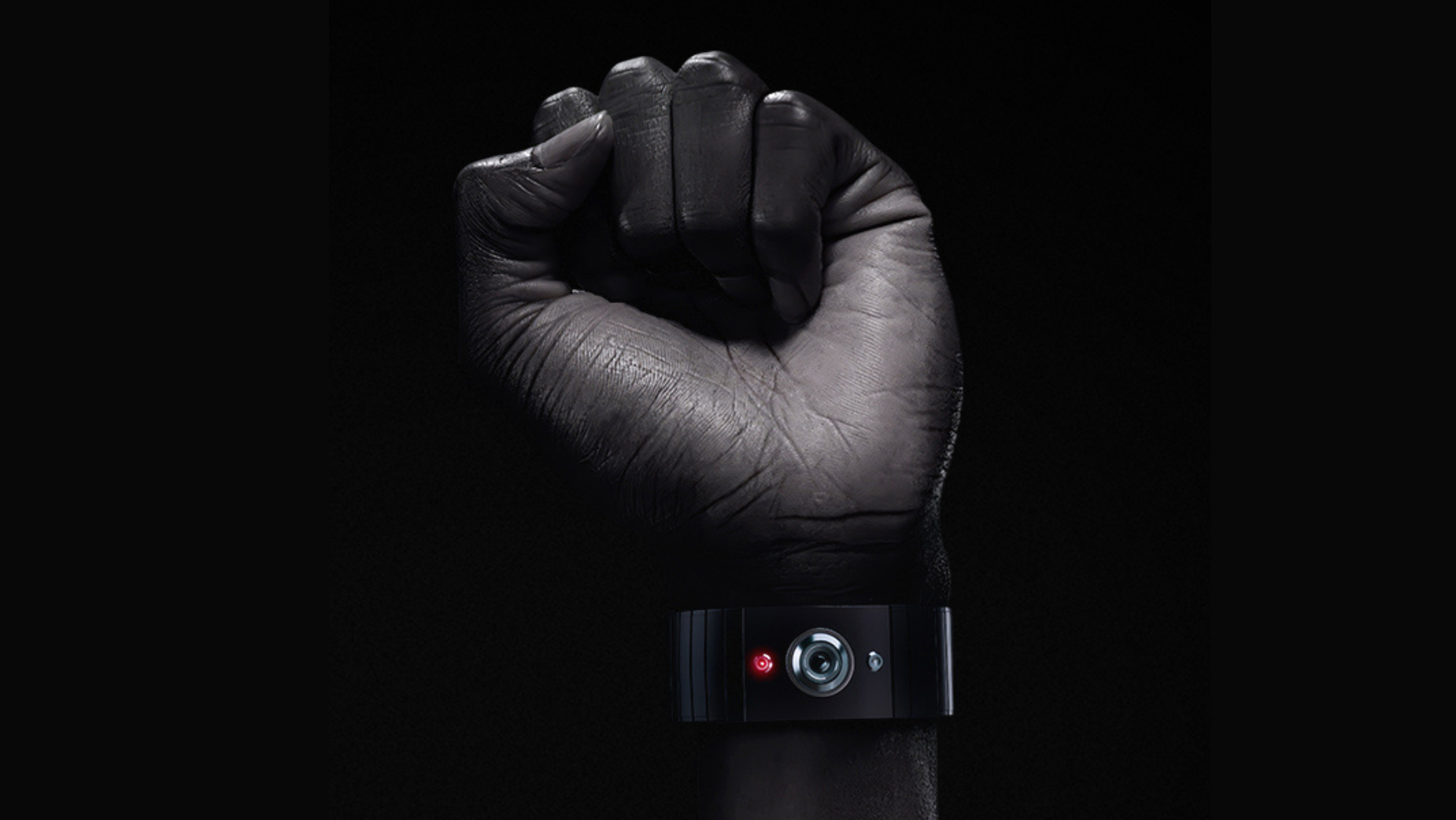Panasonic Lumix S5 II vs S5 IIX
The Panasonic Lumix S5 II and S5 IIX seem very similar cameras. What are the differences and which is right for you?
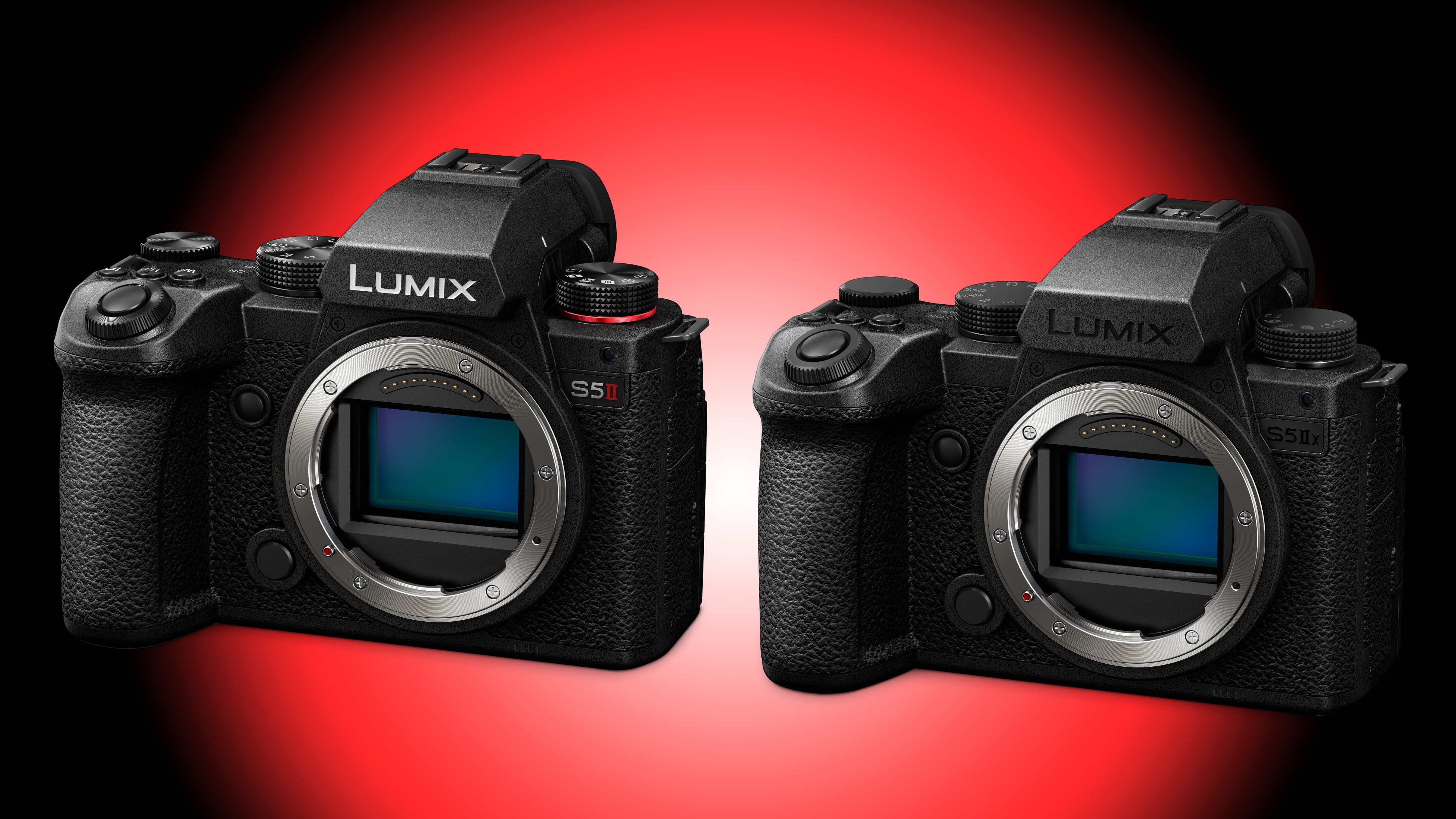
If you compare the Panasonic Lumix S5 II vs Lumix S5 IIX, which one is the better camera? There’s no doubt that the new Panasonic Lumix S5 II is a huge update over the original Lumix S5, with new hybrid phase-detect AF, improved Active I.S., unlimited recording, and more.
Compared to its predecessor, the S5 II is a real movie-making beast, and the S5 was already pretty good in that respect itself. But Panasonic has also launched the Lumix S5 IIX, which is even more of a beast, with a slightly higher price tag and a slightly longer wait before you can buy one (it is due to ship in May 2023).
Apart from the Panasonic Lumix S5 IIX’s matte black finish, though, what are the actual differences? After all, the headline specs look the same!
Both cameras look set to be amongst the best hybrid cameras you can buy right now, the best 4K cameras for video, and even the best 6K and 8K cameras.
So how do you choose the camera with the best value and the best features for the work you want to do? To find out, we’re digging into the specifications to compare some fairly technical details. Let's look at the difference between the S5 II and the S5 IIX.
Panasonic Lumix S5 II vs Lumix S5 IIX
Why you can trust Digital Camera World
1. Sensor
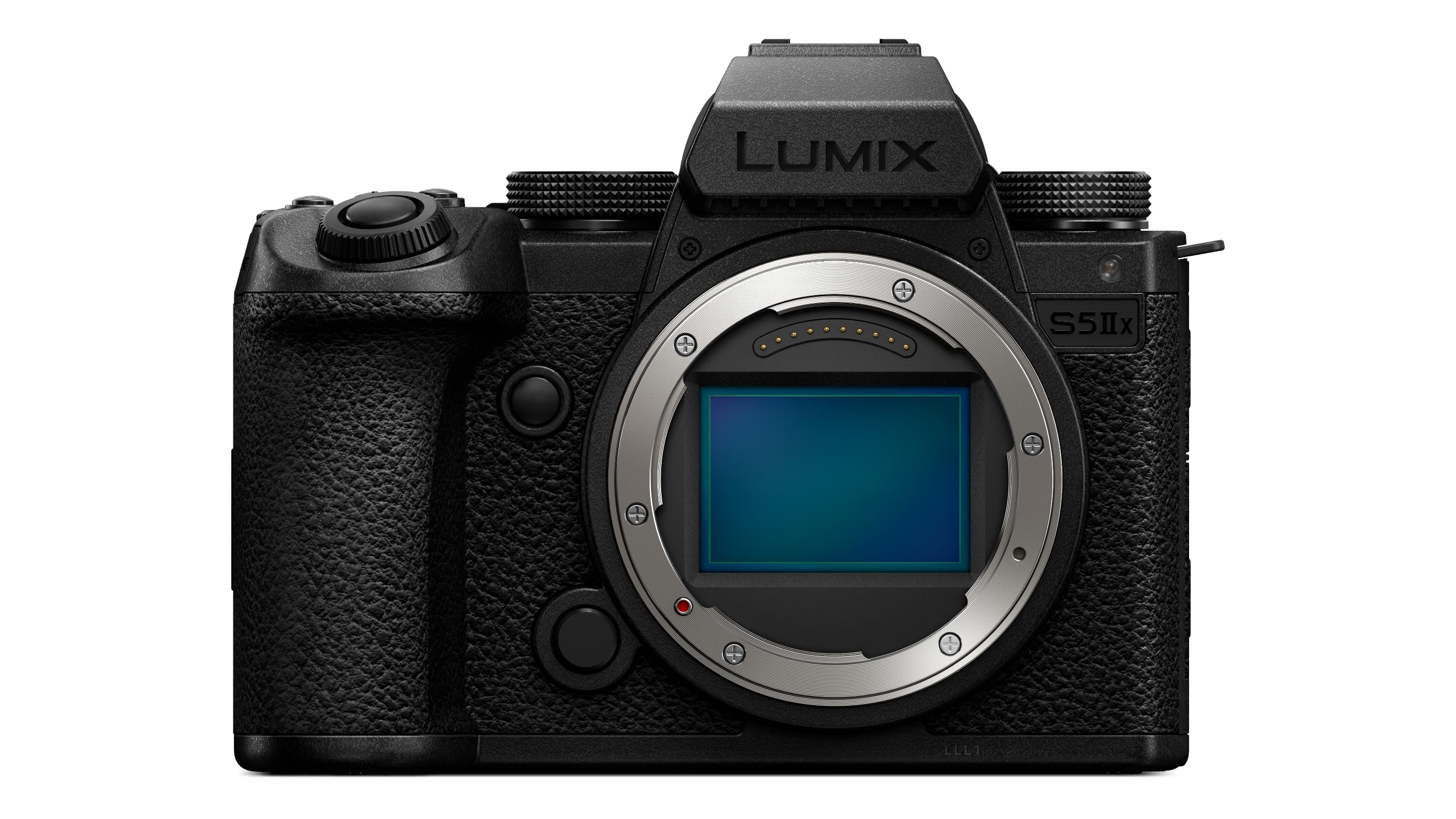
• Lumix S5 II: 24.2MP full frame CMOS, new processing engine
• Lumix S5 IIX: 24.2MP full frame CMOS, new processing engine
Let’s get the obvious points of comparison out of the way first. These cameras use the same 24.2MP full frame CMOS sensor with the same dual native ISO range and the same continuous shooting burst rates. For stills shooters, the Lumix S5 IIX offers nothing that you don’t already get with the regular S5 II.
2. Autofocus
• Lumix S5 II: Phase hybrid AF
• Lumix S5 IIX: Phase hybrid AF
It’s the same with Panasonic’s new hybrid phase AF system, which is the same on both cameras. The S5 IIX offers no advantage here either for stills photography or video. We look forward to checking out the S5 II properly against the ‘old’ S5 and expect to see a substantial improvement in video AF and tracking, so the S5 II is definitely a worthwhile step up from the S5 – but we don’t expect the S5 IIX to bring anything extra over the S5 II, for autofocus at least.
3. Video (internal)
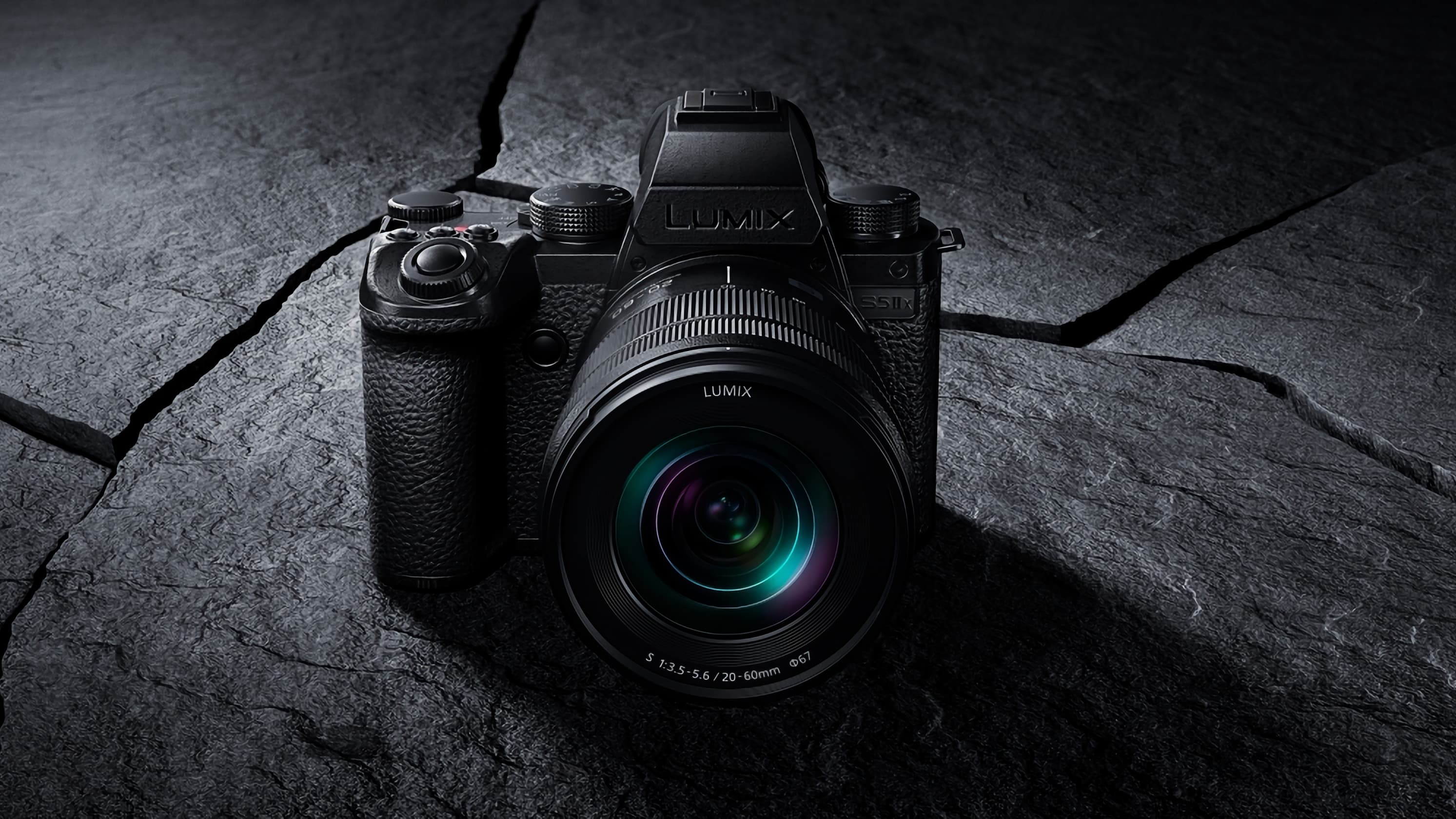
• Lumix S5 II: 6K ‘open gate’ up to 30p, 5.9K up to 30p, C4K/4K 10-bit 4:2:2 internal up to 60p (APS-C/Super35 crop)
• Lumix S5 IIX: 6K ‘open gate’ up to 30p, 5.9K up to 30p, C4K/4K 10-bit 4:2:2 internal up to 60p (APS-C/Super35 crop)
This is where things can look confusing for new buyers. The headline specs are the same for both cameras, and the regular S5, with its 6K open gate capture, 5.9K 16:9 video and C4K/4K up to 60p looks the equal of the more expensive S5 IIX (it is a bit disappointing that even the S5 II X can't shoot full width 4K 60p). Ah, but the devil is in the detail, so now we need to take a closer look at the recording options on the S5 IIX against those on the cheaper model.
4. Bitrates and compression
• Lumix S5 II: Up to 200Mbps, Long GOP
• Lumix S5 IIX: Up to 800Mbps (C4K, 4K), 400Mbps (FHD), Long GOP or All-I
Maximum bitrates are a good guide to the potential quality of the captured video. There are numerous compression options within this that each has an impact but, broadly, the higher the maximum bitrate, the greater the options for improving quality. This is where there is a substantial difference. The regular S5 II tops out at a maximum bitrate of 200Mbps, which is good but hardly high-end, but the S5 IIX goes up to 800bps for C4K and 4K capture and 400Mbps for full HD.
Equally significant is that the S5 IIX offers only Long GOP compression, where you get compression between frames as well as within them. The S5 IIX, however, offers Long GOP (smaller file sizes) and All-I (higher quality) compression options.
5. HFR and Slow & Quick
• Lumix S5 II: HFR up to 120fps, S&Q up to 180fps, 4:2:0 10-bit Long GOP
• Lumix S5 IIX: HFR up to 120fps, S&Q up to 180fps, up to 4:2:2 10-bit All-I
On the surface, these cameras are the same, with frame rates up to 120fps and Slow & Quick modes that can go up to 180fps. However, the Lumix S5 IIX’s greater processing power means it can capture S&Q videos with 4:2:2 color sampling and All-I compression – the regular S5 II is limited to 4:2:0 color (still at 10-bit, though) and Long GOP compression.
6. Video (external)
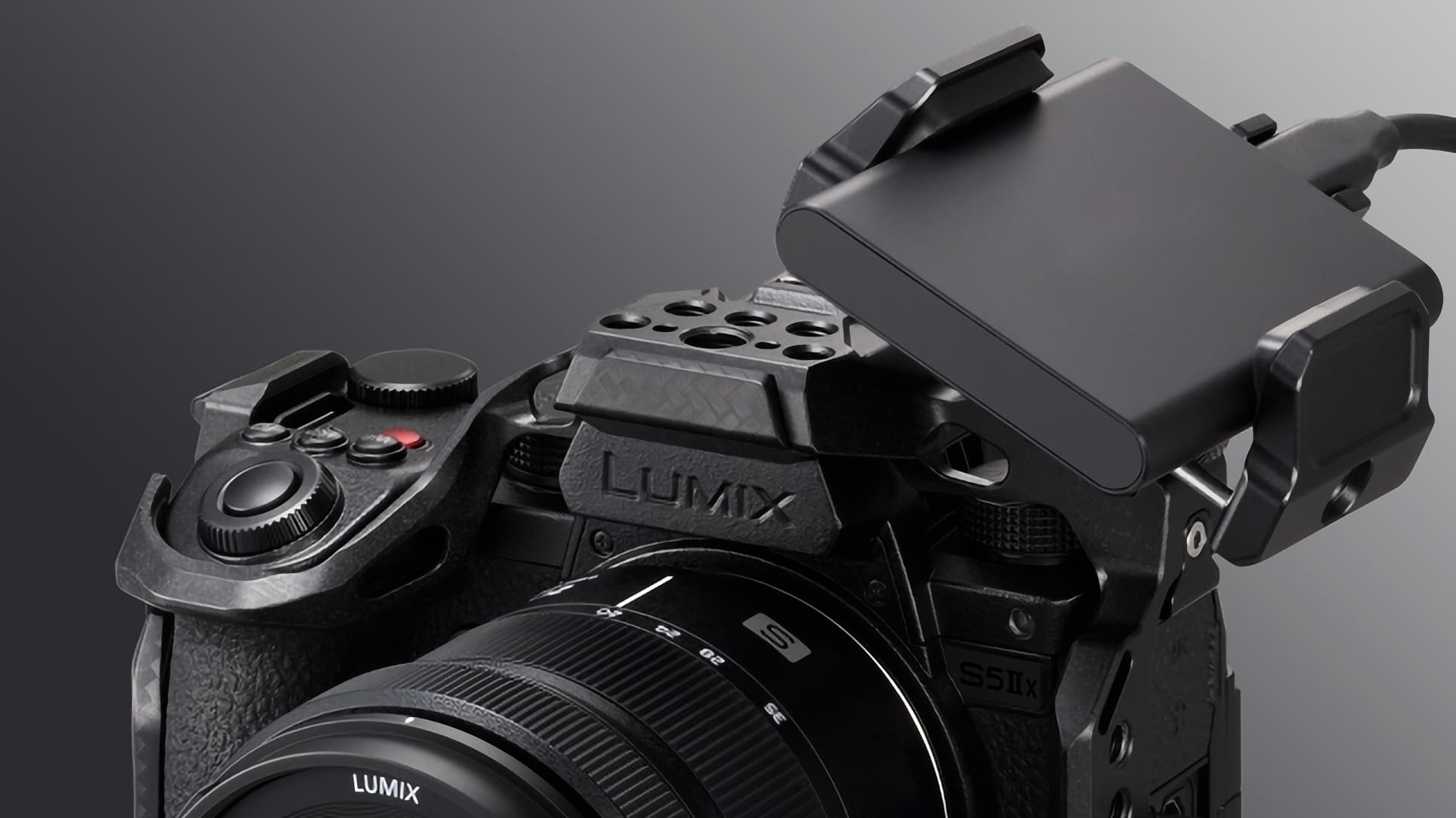
• Lumix S5 II: TBC via future updates
• Lumix S5 IIX: 5.8K Apple ProRes to SSD via HDMI or USB and All-I recording, Apple ProRes RAW to Atomos
The Lumix S5 II has a full size HDMI port and can capture video to an external recorder, but that’s all the information we have right now, and Panasonic says a future firmware update will add RAW data output, but we don’t know when.
The Lumix S5 IIX, however, can capture 5.8K Apple ProRes to an SSD drive with All-I compression, and can capture Apple ProRest RAW to an Atomos recorder. The ProRes support alone will capture the attention of serious filmmakers, and the S5 IIX will have these capabilities right from the start, while the S5 II will have to wait for updates and may not match the S5 IIX’s capabilities even then.
7. Streaming and tethering
• Lumix S5 II: No (not yet, anyway)
• Lumix S5 IIX: Wired and wireless IP streaming, USB tethering
IP streaming might not be high on the list of priorities of most filmmakers, but remote filming over the Internet is a rapidly growing field of operation, and right now the S5 IIX is the model to get if that capability is important to you now, or might be in the future.
8. Design
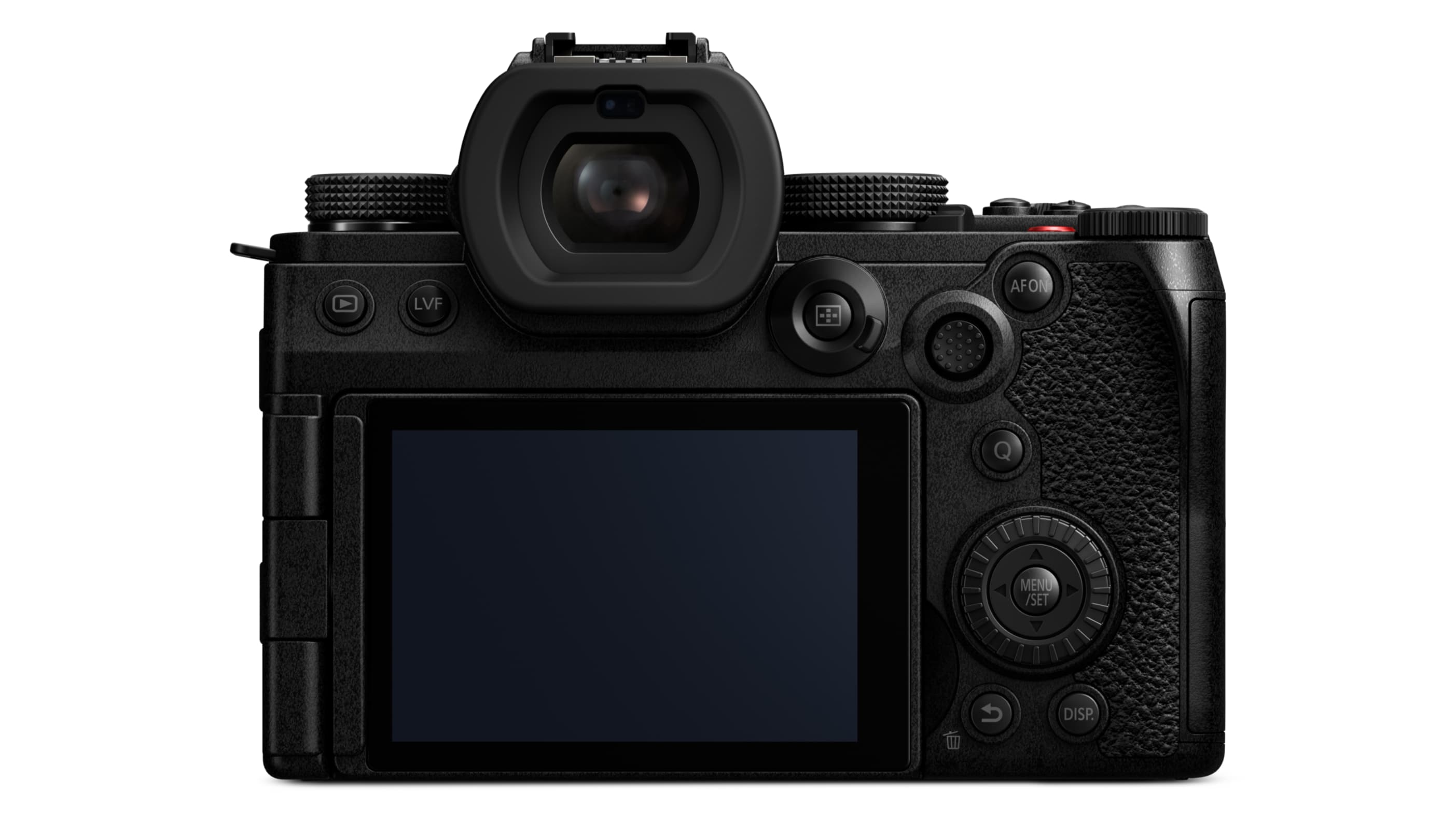
• Lumix S5 II: Black, white labelling
• Lumix S5 IIX: Matt black, gray labelling
At first you might think that the matt black color scheme on the Lumix S5 IIX is just a bit of fancy marketing, but given the technical differences between this model and the regular S5 II, some kind of visual distinction is a really good idea. Quite apart from any status value in the all-black look, just imagine if you have both camera models on a shoot – you definitely need to pick up the right one.
Otherwise, it’s hardly likely you’re going to choose between these two cameras purely on their color scheme – but then even if you don’t need the S5 IIX’s extra video features right now, you might in the future and that unusual color scheme could just swing your decision!
9. Price and availability

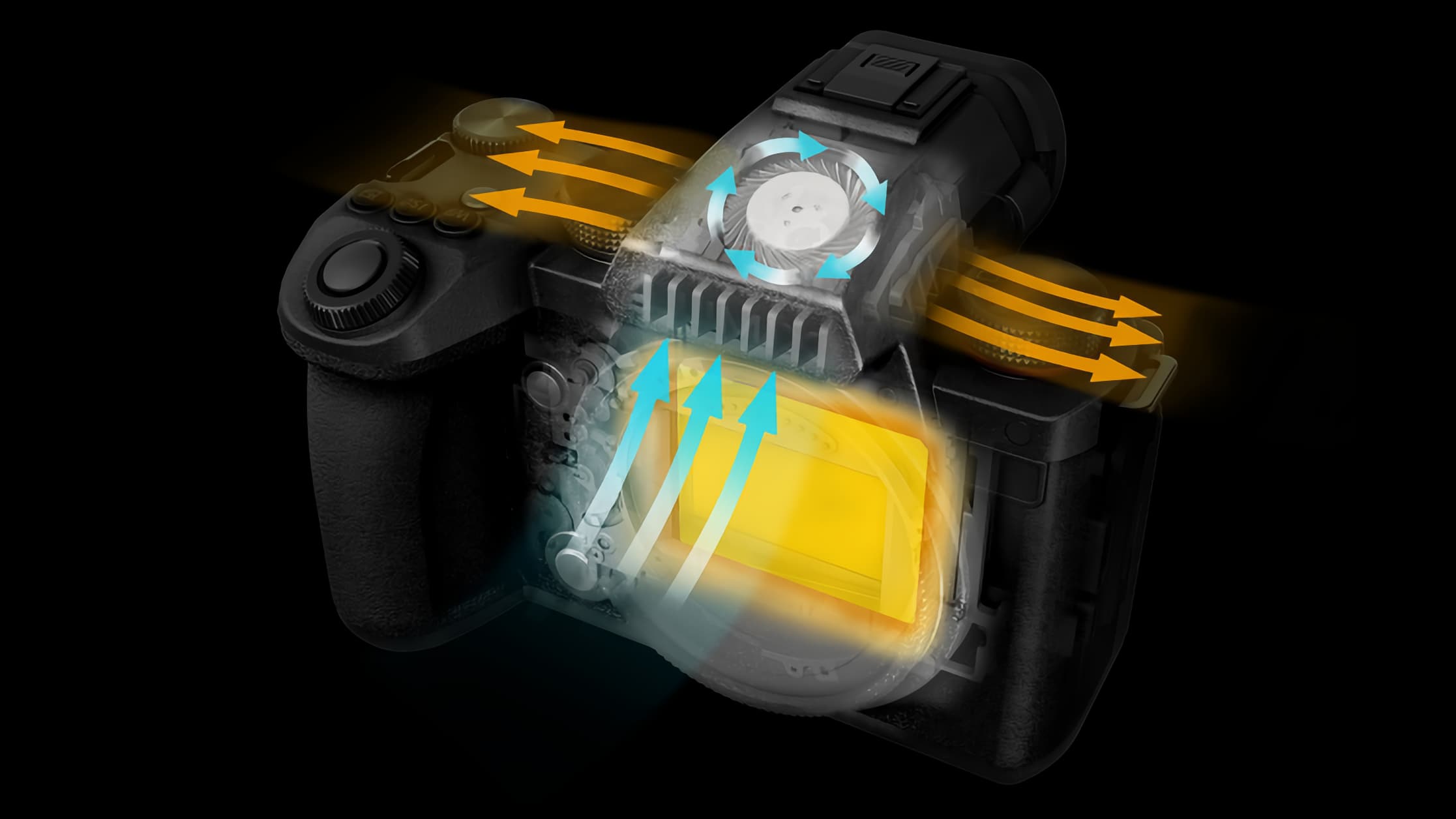
• Lumix S5 II: $1,998 / £1,999 / AU$3,199; available early 2023.
Pre-order at B&H (US)
Pre-order at Adorama (US)
Pre-order at Wex Photo Video (UK)
Pre-order at Ted's Cameras (AU)
• Lumix S5 IIX: $2,198 / £2,299 / AU$3,499; available May 2023.
The Lumix S5 II is available now, but its full range of video features may not arrive until some time in the future via an update. The Lumix S5 IIX won’t be out until a couple of months later, but it does look as if it will deliver pretty much its full potential straight out of the box.
Pre-order at B&H (US)
Pre-order at Adorama (US)
Pre-order at Wex Photo Video (UK)
Pre-order at Ted's Cameras (AU)
Panasonic Lumix S5 II vs Lumix S5 IIX: conclusions

The differences between the Lumix S5 II and S5 IIX amount to much more than a fancy paint job. Although they are quite technical and deep, the S5 IIX’s advantages will be highly significant for serious and professional filmmakers, and will probably make the price difference look very modest by comparison.
The regular Lumix S5 II is itself a powerful hybrid stills/video camera that looks more than capable of handling any tasks the average photographer might throw at it. However, if your work is more video orientated or may move that way in the future, the S5 IIX looks like the one to go for.
See also
Panasonic S5 II review
Panasonic S5 IIX review
Panasonic Lumix S5 II vs S5
Get the Digital Camera World Newsletter
The best camera deals, reviews, product advice, and unmissable photography news, direct to your inbox!

Rod is an independent photography journalist and editor, and a long-standing Digital Camera World contributor, having previously worked as DCW's Group Reviews editor. Before that he has been technique editor on N-Photo, Head of Testing for the photography division and Camera Channel editor on TechRadar, as well as contributing to many other publications. He has been writing about photography technique, photo editing and digital cameras since they first appeared, and before that began his career writing about film photography. He has used and reviewed practically every interchangeable lens camera launched in the past 20 years, from entry-level DSLRs to medium format cameras, together with lenses, tripods, gimbals, light meters, camera bags and more. Rod has his own camera gear blog at fotovolo.com but also writes about photo-editing applications and techniques at lifeafterphotoshop.com
